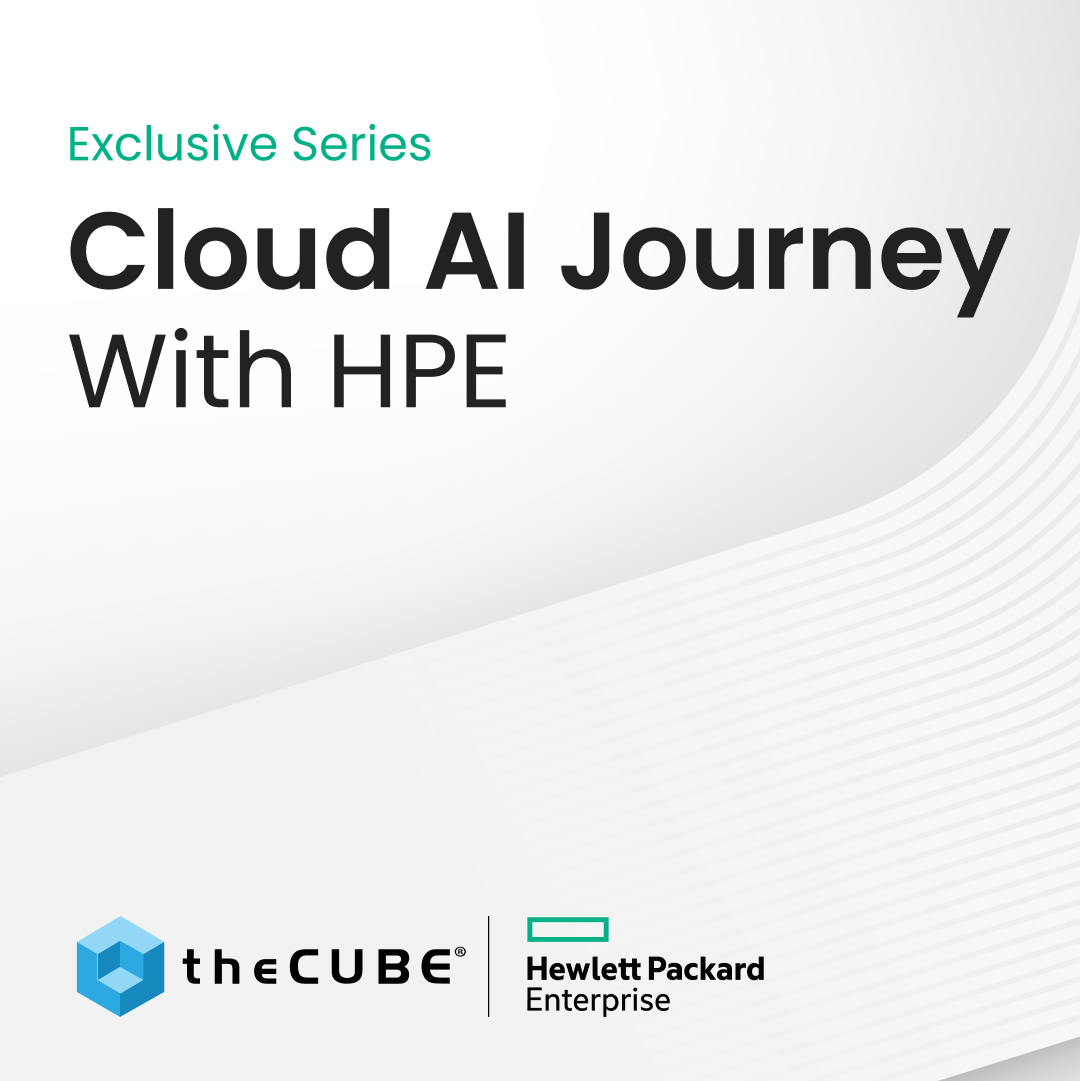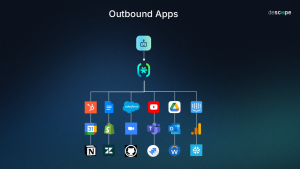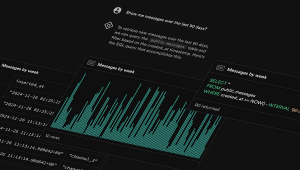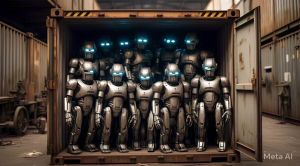$44M Into the Future IBM Will Analyze Two Internets a Day
![]() The Netherlands Institute for Radio Astronomy or ASTRON has been assigned with the task of setting up the backend for the Square Kilometre Array. When turned operational sometime in 2024 the telescope will capture at least one Exabyte worth of cosmic radiation on a daily basis, about twice the amount of data transmitted via the internet in 24 hours today.
The Netherlands Institute for Radio Astronomy or ASTRON has been assigned with the task of setting up the backend for the Square Kilometre Array. When turned operational sometime in 2024 the telescope will capture at least one Exabyte worth of cosmic radiation on a daily basis, about twice the amount of data transmitted via the internet in 24 hours today.
“The telescope will be used to explore evolving galaxies, dark matter and even the very origins of the universe,” IBM and ASTRON said in a statement. “Scientists estimate that the processing power required to operate the telescope will be equal to several millions of today’s fastest computers.”
The traces Big Bang left behind will be stored and analyzed on an infrastructure developed in collaboration with Big Blue. The first five-year initiative to explore the technology that would be required for this job has been code-named the DOME project, a $43.9 million effort that will be based in Drenthe, in the Netherlands.
The Square Kilometere Array will have a price tag of 1.5 billion euro, and IBM is heavily involved in the making of the software that’s essential to identify data relevant to the research. The company’s shares rose by a marginal 0.2 percent to $208.97 shortly after the announcement.
IBM has a lot of big rivals in IT, from Hewlett-Packard to EMC. But the firm, past its 100-anniversary, has established a very strong position in the market thanks to its sheer capacity to adapt. Throughout the course of its recent history IBM seemed to have developed a knack for high-profile but notable projects: from the ASTRON analytics development effort to Watson and a recent contract with the Air Force. The latter now manages infrastructure stretching hundreds of millions of square feet using software licensed from Big Blue.
A message from John Furrier, co-founder of SiliconANGLE:
Your vote of support is important to us and it helps us keep the content FREE.
One click below supports our mission to provide free, deep, and relevant content.
Join our community on YouTube
Join the community that includes more than 15,000 #CubeAlumni experts, including Amazon.com CEO Andy Jassy, Dell Technologies founder and CEO Michael Dell, Intel CEO Pat Gelsinger, and many more luminaries and experts.
THANK YOU

















